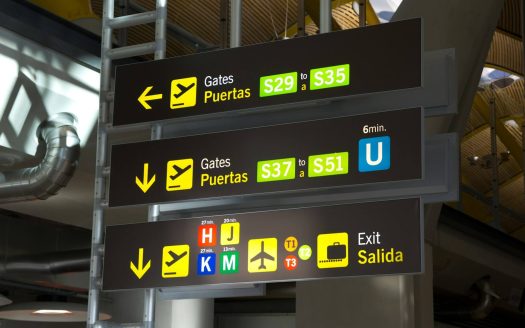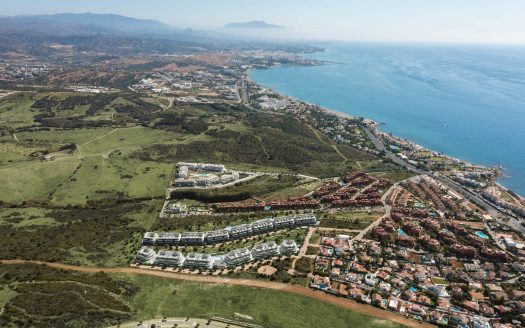Dutch, Irish and Norwegians buy twice as many homes in Spain
The post-pandemic boom of foreigners buying homes in Spain continues, with a few new nationalities buying at record pace.
Buying homes Spain by smaller European countries
Spain has long been a destination for foreigners looking to buy a family home or holiday home. Traditionally, the majority of these buyers came from certain countries – mainly British, German, French and American.
But a new trend is emerging in 2022, with both purchases and online demand increasing from newer, smaller European countries.
According to figures from Spain’s General Council of Notaries (Consejo General de Notariado), foreigners bought 72,987 homes in Spain in the first half of the year, the highest figure since records began in 2007. Property purchases by non-Spanish nationals accounted for a fifth (20.3 per cent) of the total number of transactions nationwide, matching the record set in the second half of 2015.
Among foreign buyers, there are the usual suspects who have long had their home, or at least a holiday home, in Spain, namely the British, Germans and French, although newer groups of buyers from different countries have also arrived in 2022.
In the first half of the year, the Dutch, Norwegians and Irish bought Spanish property in record numbers, significantly boosting property sales in Spain.
According to the figures, buyers from the Netherlands, Norway and Ireland bought more than double the number of properties between January and June compared to the first half of 2021.
Purchases of all nationalities rose 52.75 per cent on average, but those of Dutch (121.5 per cent), Norwegians (119.5 per cent) and Irish (106.7 per cent) skyrocketed in early 2022.
Dutch buyers, for example, bought 3,641 homes in Spain in the first half of 2022, making them the foreign group buying the seventh most homes in Spain.
Irish buyers completed 1,395 property transactions, the second highest figure since 2007, and although Norewgian buyers contributed only 979 home sales, this is the highest figure in four years.
Online searches
But it is not only foreigners coming to Spain and looking for homes that explain this upturn in foreign purchases. Online searches on Spanish real estate website Idealista also increased in the first half of 2022. In fact, the number of searches on the Spanish site from the Netherlands, Ireland and Norway has doubled since 2020.
The Irish in particular seem keen to find Spanish real estate online: the number of visits this year has shot up 32 per cent from last year and 122 per cent from 2020, with a total of about 334,000 searches.
And although Norwegians do not actually buy as much Spanish property as other nationalities, the online demand is definitely there and could indicate a rebound in the future. Searches for Spanish property in Norway are up 18 per cent on last year and 111 per cent on 2020, with nearly 131,400 visits.
Also read blogs like foreigners buying properties in Spain:
Why the rise?
So what explains this increase in foreign property buyers in Spain? Luis Corral, CEO of Foro Consultores, told Idealista that some of the driving forces are: “Teleworking, retirement, the need for more open spaces, good weather and good communication. And in these times of energy crisis, living in a much warmer area, especially in winter, means significant savings.”
The increase in “teleworking” (teletrabajo) and the normalisation of working from home following the COVID-19 pandemic has led many from colder, northern European countries to consider moving to Spain as a base for their flexible working arrangements. The Spanish government even hopes to capitalise on this with the recently passed Startup Law, which appeals to ‘digital nomads’ and startups.
Of course, as is the case for many foreigners coming to Spain, the relative cheapness of both property and the cost of living compared to northern Europe is also a factor, as is the weather and the pace of life. However, a much more recent trend is for foreigners to buy property in Spain, often a second home, to spend the colder winter months in Spain as a way of saving money during the energy-intensive colder months in the northern continent.
Despite Spain’s sky-high energy bills, prices are still lower than in many other European countries, thanks in part to the government’s VAT reduction (LINK) and the so-called Iberian exception.
Foro Consultores stated that “the rise of teleworking has become a lever of change for foreign investment… which prioritises pleasant environments with complete services to develop their employment opportunities. And not only for the sea, but also in urban areas of coastal cities.”
According to the consultancy, the Canary Islands, the Costa del Sol and the Valencia region are the most popular locations with foreign buyers, but in particular Malaga on the Costa del Sol has emerged as a destination for foreigners, especially from Scandinavia, where more and more people are buying a holiday home or property for long periods of telecommuting.
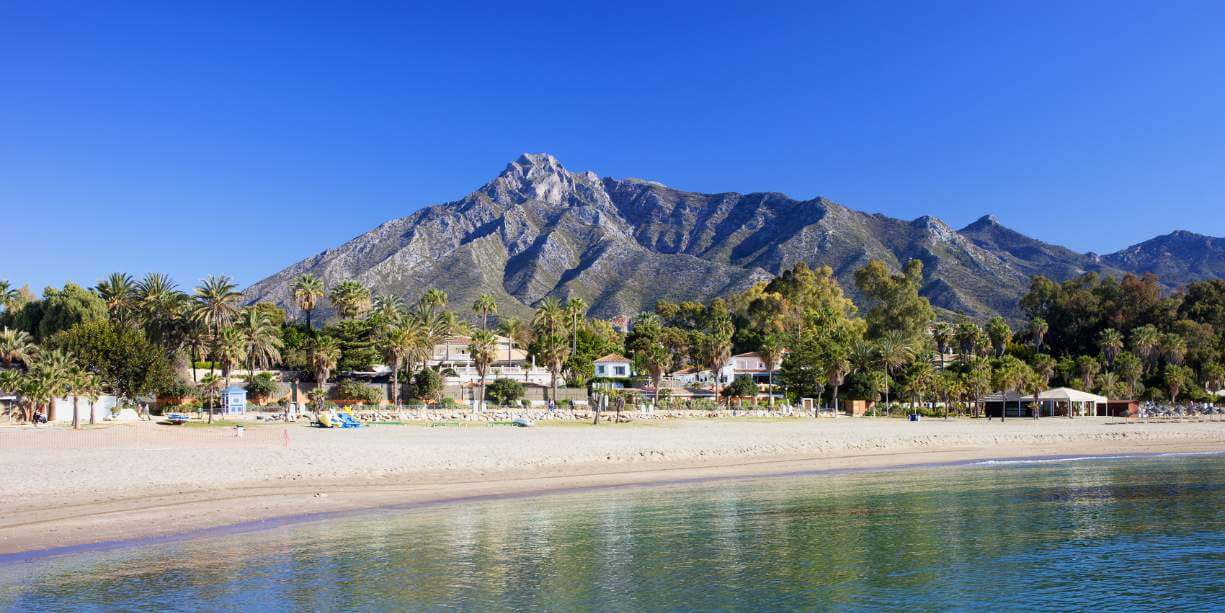
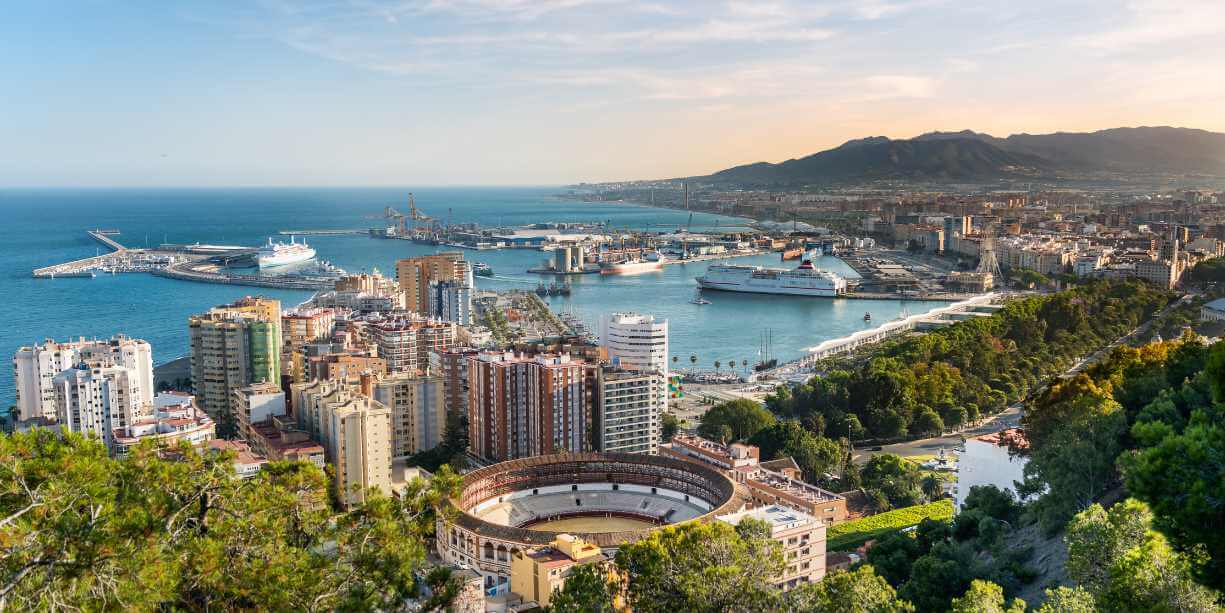
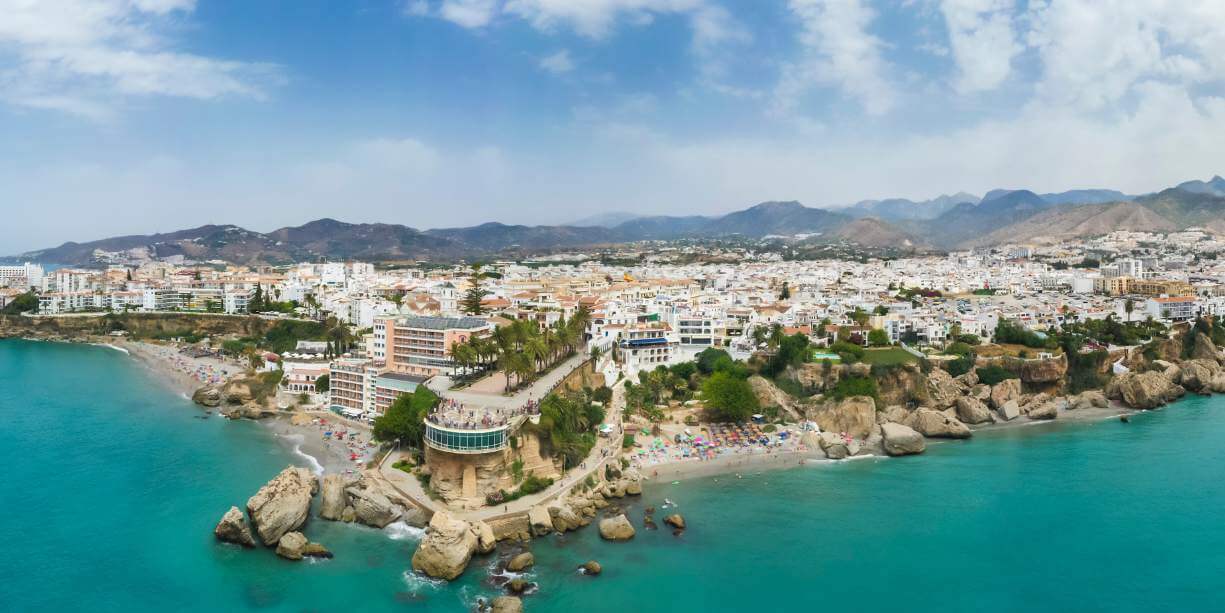



What type of property do foreigners buy in Spain?
In general, foreigners do not compete with Spaniards for the same properties. According to Foro Consultores, foreign property buyers in Spain tend to buy “larger houses than those bought by Spaniards, with large spaces both inside and outside, and adapted to spend long periods of time”.
And they also pay more on average. In the first half of 2022, Norwegians paid €2701/m2, third after Danes and Americans. The Dutch paid €2252/m2, and the Irish €2092/m2. The average price for all foreigners was €2062/m2 , and only €1560/m2 for Spanish buyers.



